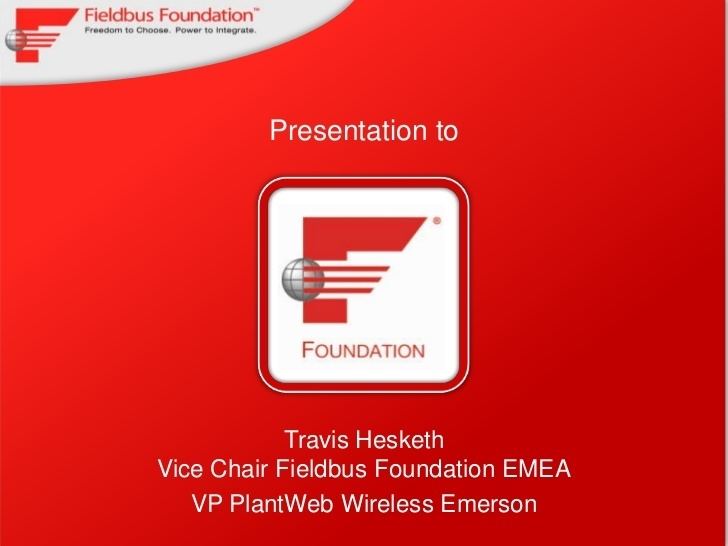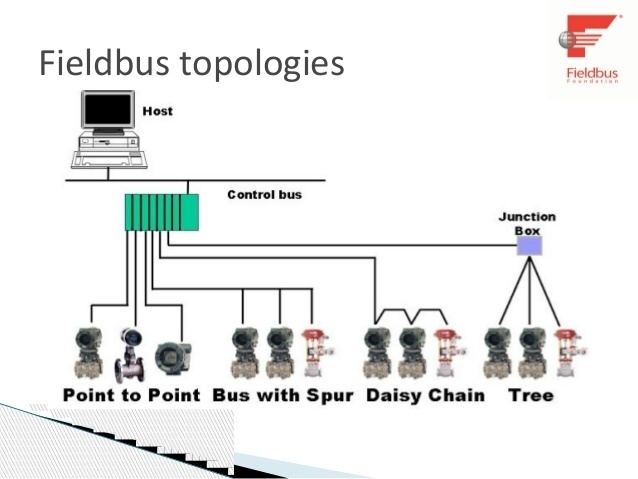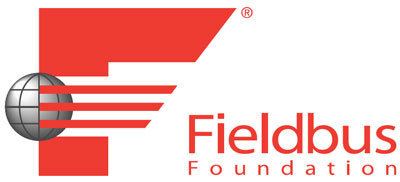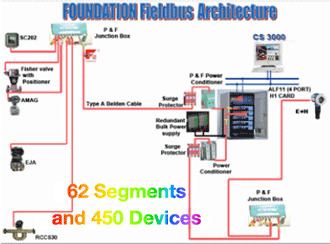 | ||
Outstanding foundation fieldbus training tutorial
F Fieldbus is an all-digital, serial, two-way communications system that serves as the base-level network in a plant or factory automation environment. It is an open architecture, developed and administered by the Fieldbus Foundation.
Contents
- Outstanding foundation fieldbus training tutorial
- Foundation fieldbus what components make a complete segment
- References
It is targeted for applications using basic and advanced regulatory control, and for much of the discrete control associated with those functions. Foundation fieldbus technology is mostly used in process industries, but has recently been implemented in powerplants.

Two related implementations of FOUNDATION fieldbus have been introduced to meet different needs within the process automation environment. These two implementations use different physical media and communication speeds.


FOUNDATION fieldbus was originally intended as a replacement for the 4-20 mA standard, and today it coexists alongside other technologies such as Modbus, Profibus, and Industrial Ethernet. FOUNDATION fieldbus today enjoys a growing installed base in many heavy process applications such as refining, petrochemicals, power generation, and even food and beverage, pharmaceuticals, and nuclear applications. FOUNDATION fieldbus was developed over a period of many years by the International Society of Automation, or ISA, as SP50. In 1996 the first H1 (31.25 kbit/s) specifications were released. In 1999 the first HSE (High Speed Ethernet) specifications [1] were released. The International Electrotechnical Commission (IEC) standard on field bus, including FOUNDATION Fieldbus, is IEC 61158. Type 1 is FOUNDATION Fieldbus H1, while Type 5 is FOUNDATION Fieldbus HSE.

A typical fieldbus segment consists of the following components.

segment diagram
An explanation of how Foundation Fieldbus works and how it is used in continuous process control is in the Foundation Fieldbus Primer which may be found at the Fieldbus Inc. website.
